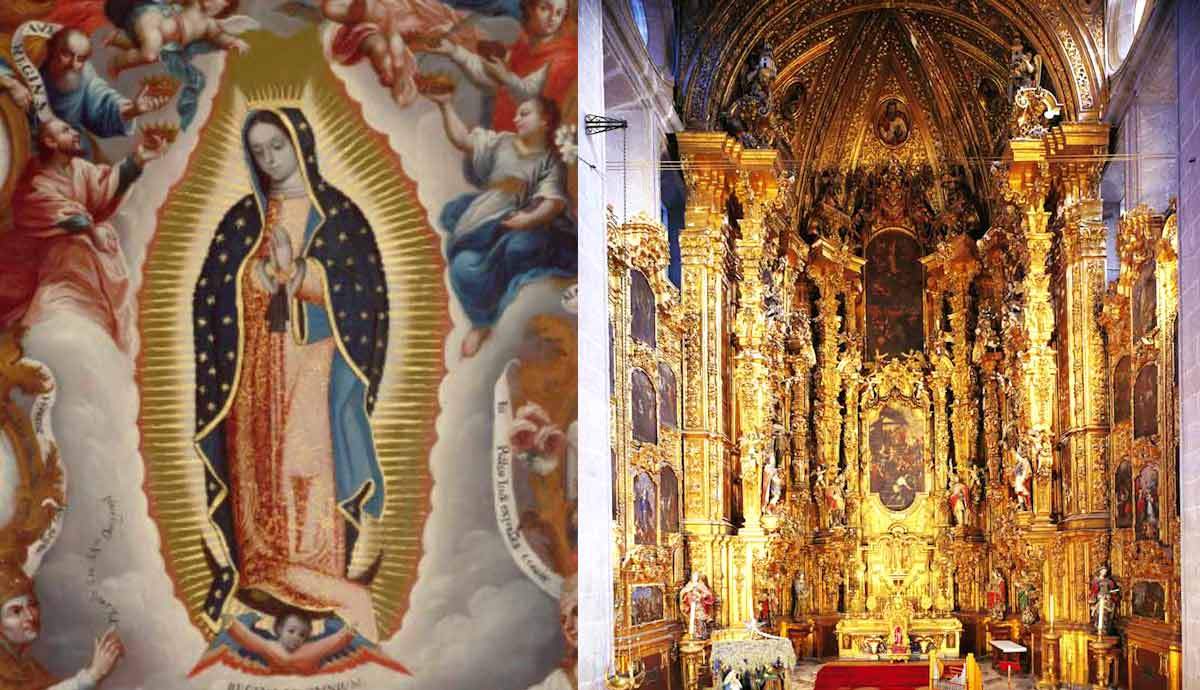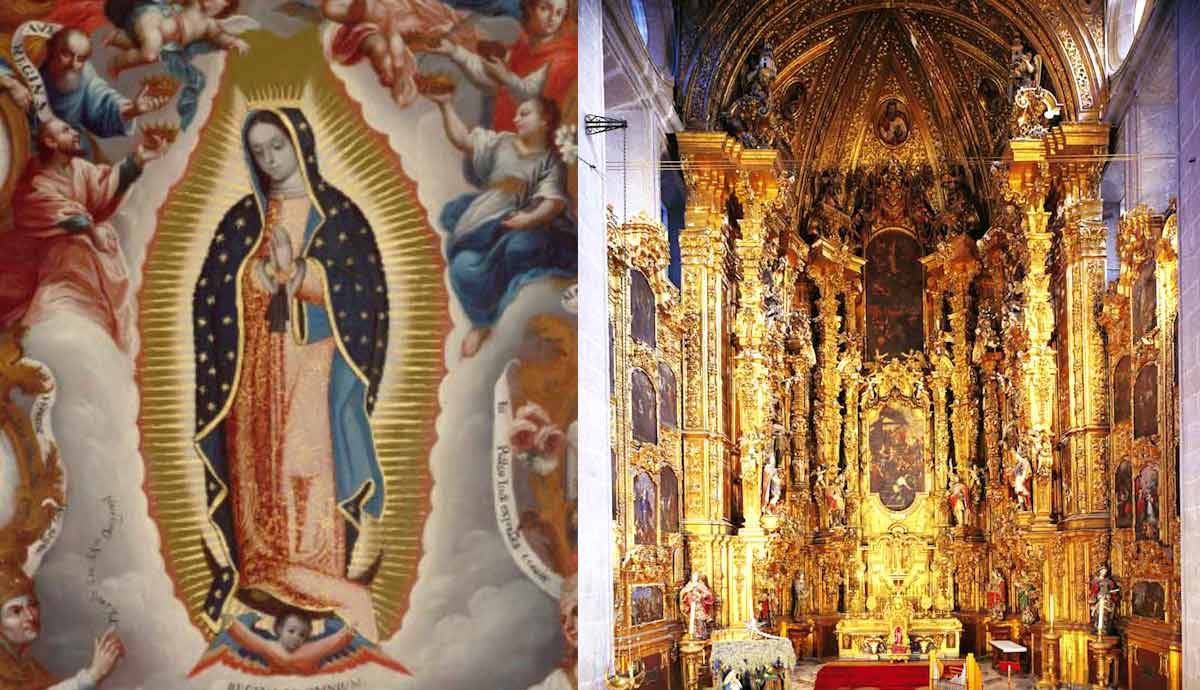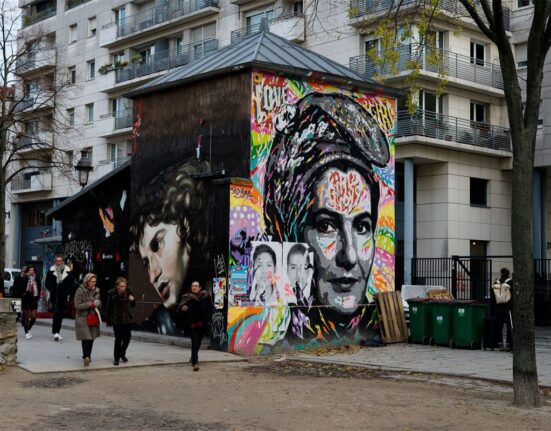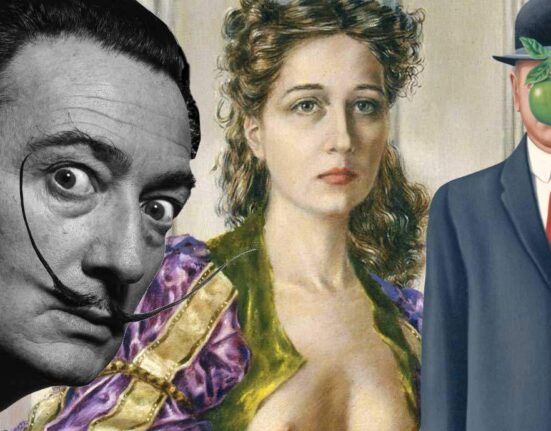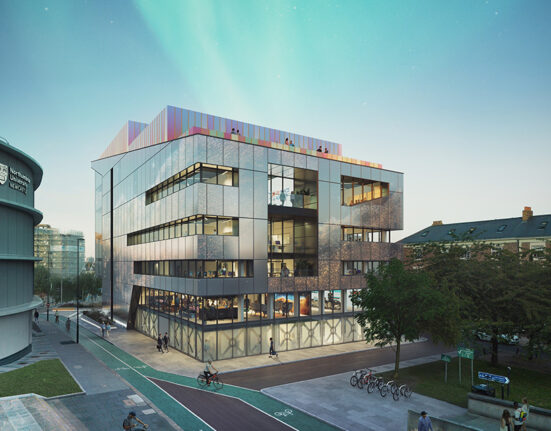Baroque art had a profound influence on the formation of colonial societies in Latin America. From religion to culture and identity, this art form played a pivotal role in shaping colonial societies. Transcending the language barriers that separated indigenous communities from colonizers, Baroque art served a dual political purpose: to create a collective artistic imagination—a shared way of creating and interpreting meaning—while reinforcing social hierarchies and power dynamics among the diverse layers of the society.
The Baroque Travels to the New World
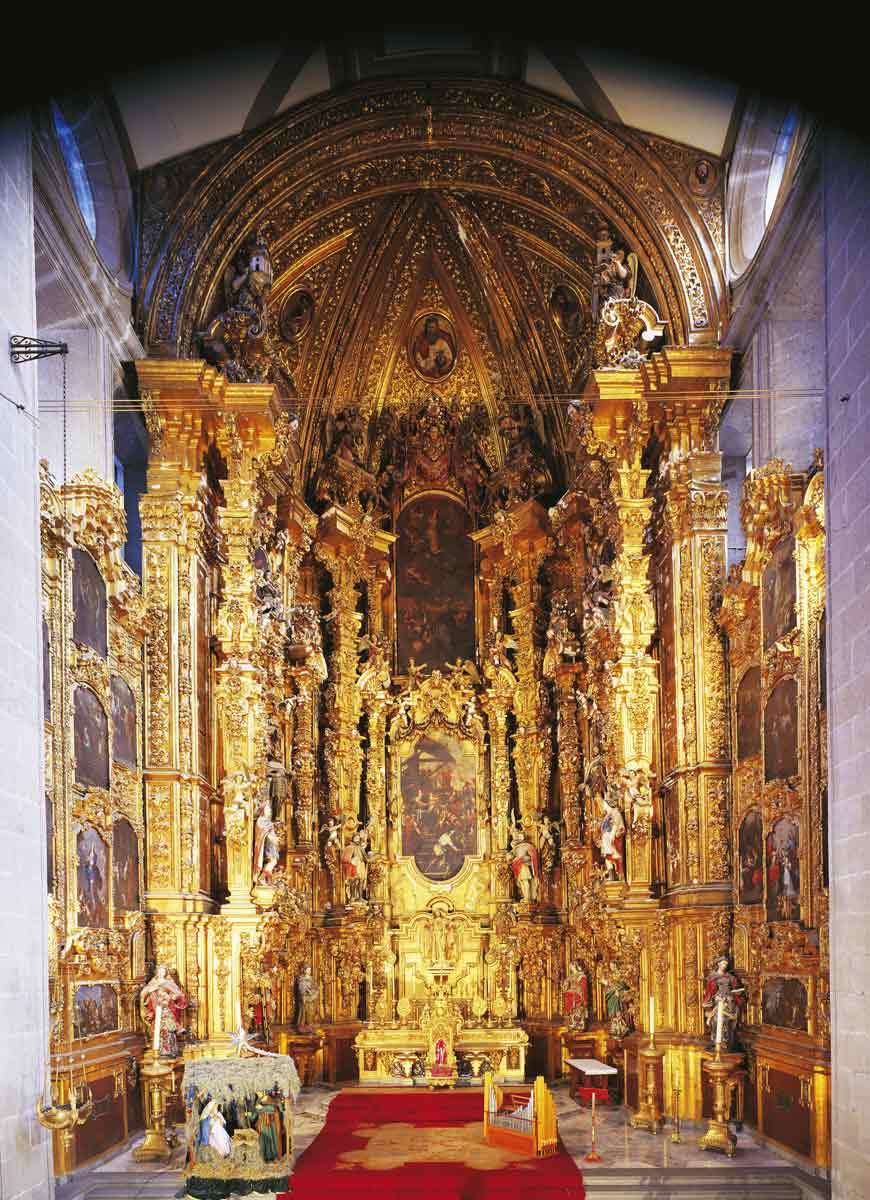
Baroque: a term synonymous with all things complex, intricate, excessive, or spectacular, is often overused in contemporary contexts. The word “Baroque,” which most scholars believe originated with the Portuguese barroco, meaning “irregular pearl,” has come to embody many concepts. The eponymous art movement, which originated in 17th-century Europe, is characterized by grandeur and theatricality, the use of illusion and contradiction, excessive detail, and complexity of form.
Following the conquest, this European art form transcended boundaries and traveled to the new world with settlers, missionaries, artists, theologians, and church authorities. European monarchs, aristocrats, and church officials often commissioned works of art and architecture in the Baroque style in their colonies. From art and architecture to music, literature, and religious imagery, the Baroque became the dominant form of artistic expression throughout the colonial epoch.
This new world Baroque was not merely an imitation of European styles, however. As the Baroque intersected with the customs of local cultures, significant alterations occurred. Colonial artists adapted the European Baroque to the local context by incorporating elements, traditions, symbols, and beliefs of indigenous origins. The blending of European and native imagery contributed to the development of a distinct colonial visual aesthetic in the Americas. Ultimately, the Baroque became a transcultural art style subject to all forms of syncretism. At the same time, it served as a tool for religious and political domination in the hands of the European monarchies.
Get the latest articles delivered to your inbox
Sign up to our Free Weekly Newsletter
Baroque’s Evangelizing Purpose

First and foremost, the Baroque served an evangelizing purpose, enabling the Catholic Church to communicate a specific message through the compelling language of visual arts. Biblical scenes and figures are omnipresent in Baroque art. According to historian Serge Gruzinski, the Baroque artistry helped create a hybrid colonial society that would share a common artistic imagination. In his book Images at War, Gruzinski delves into the cult of the Virgin Guadalupe, the most venerated apparition of the Virgin Mary in New Spain (present-day Mexico), and its relation to the colonial Baroque image. According to the author, the proliferation of the image of Our Lady of Guadalupe and the reverence for it in Mexican culture stands as a testament to the enduring influence of religious imagery from the Baroque period.
The Spanish Crown was well aware of the role of visual representation in shaping these collective imaginations and harnessed this power to the fullest. Through compelling religious narratives embedded in Baroque paintings, sculptures, and religious processions, the Catholic Church effectively conveyed religious narratives to the indigenous population, most of whom did not speak Spanish or Portuguese.
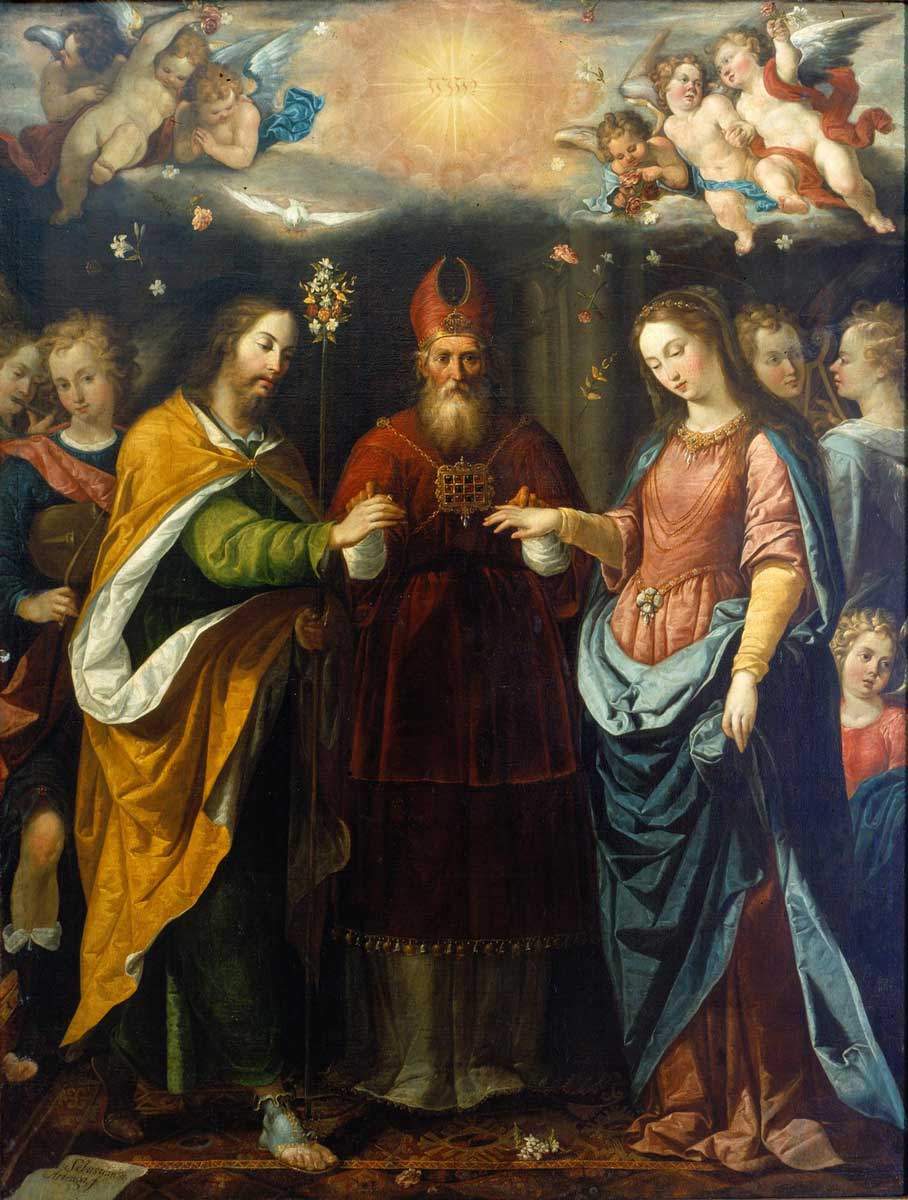
Baroque art was omnipresent in churches and religious institutions. Elaborate facades, intricate sculptures, detailed paintings, and adorned churches conveyed a sense of grandeur and divinity. The altarpieces or retablos in Baroque churches displayed scenes from the Bible in a dramatic style.
The Betrothal of the Virgin, a painting by a Seville-born Mexican baroque painter Sebastián López de Arreaga, depicts the wedding of the Virgin Mary to St. Joseph. Arreaga’s work showcases his skill in adapting the Baroque chiaroscuro and tenebrism techniques. The use of vibrant colors, ornate decorations, heightened drama, and contrasting lighting in religious art aimed to elicit strong emotional responses in the viewer.
New World Baroque Architecture
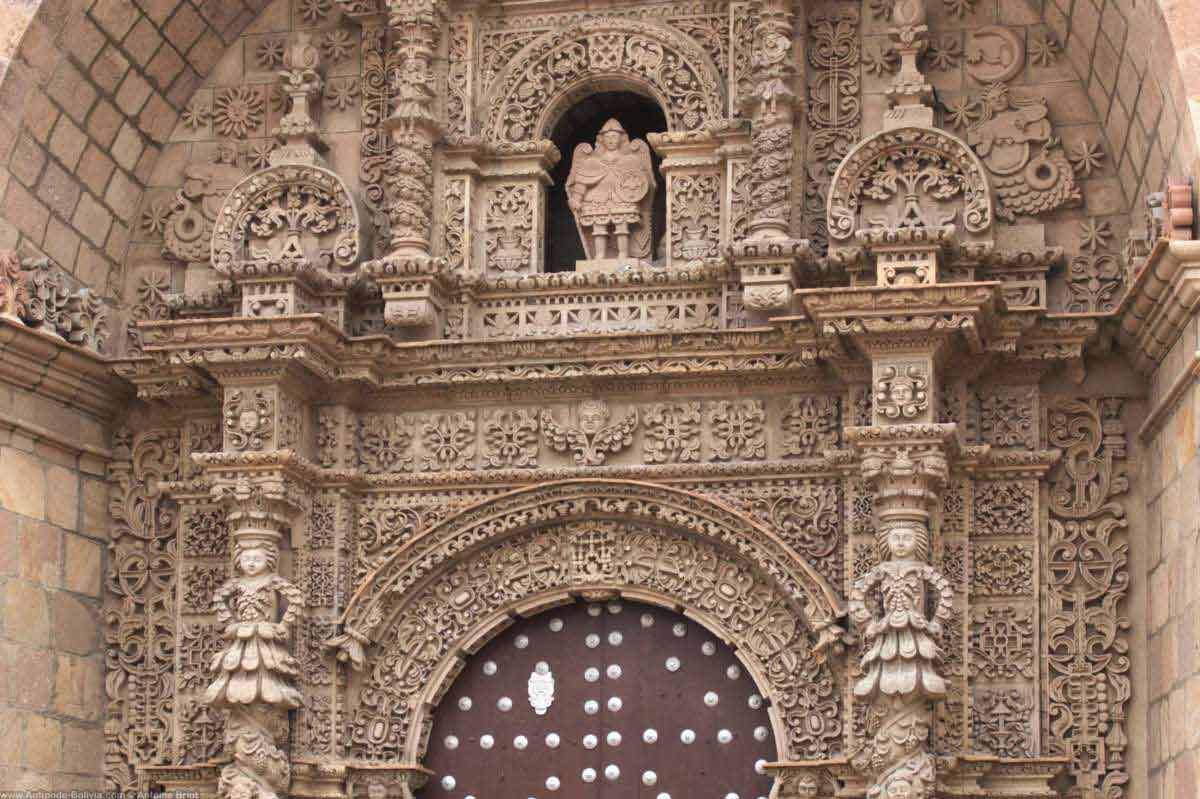
The Baroque also influenced the design of colonial structures, including churches, cathedrals, and government buildings. Baroque-influenced architecture stands out with its ornate facades, rich decorative elements, and the ultimate Baroque characteristic reflected in the horror vacui—fear of empty spaces.
What set new world Baroque apart from its Spanish and European counterparts? The indigenous element. Colonial artists were able to craft a unique architectural style that reflected the diversity of the religious and cultural landscape of colonial Latin America. From Mexico to the Andes and Brazil, the Baroque was imbued with locally inspired influences.
This “Americanization” of the Baroque led the Cuban author José Lezama Lima to characterize it as an “art of the counter-conquest,” embodying the spirit of resistance exhibited by indigenous artists toward cultural erasure and colonization. As an example, he offers Iglesia de San Lorenzo de Carangas in Potosi, Bolivia, where an Inca princess graces the facade of the door. The cathedral exemplifies a fusion of styles through elaborate carvings imbued with indigenous influences, making it a prime illustration of the Andean Baroque.
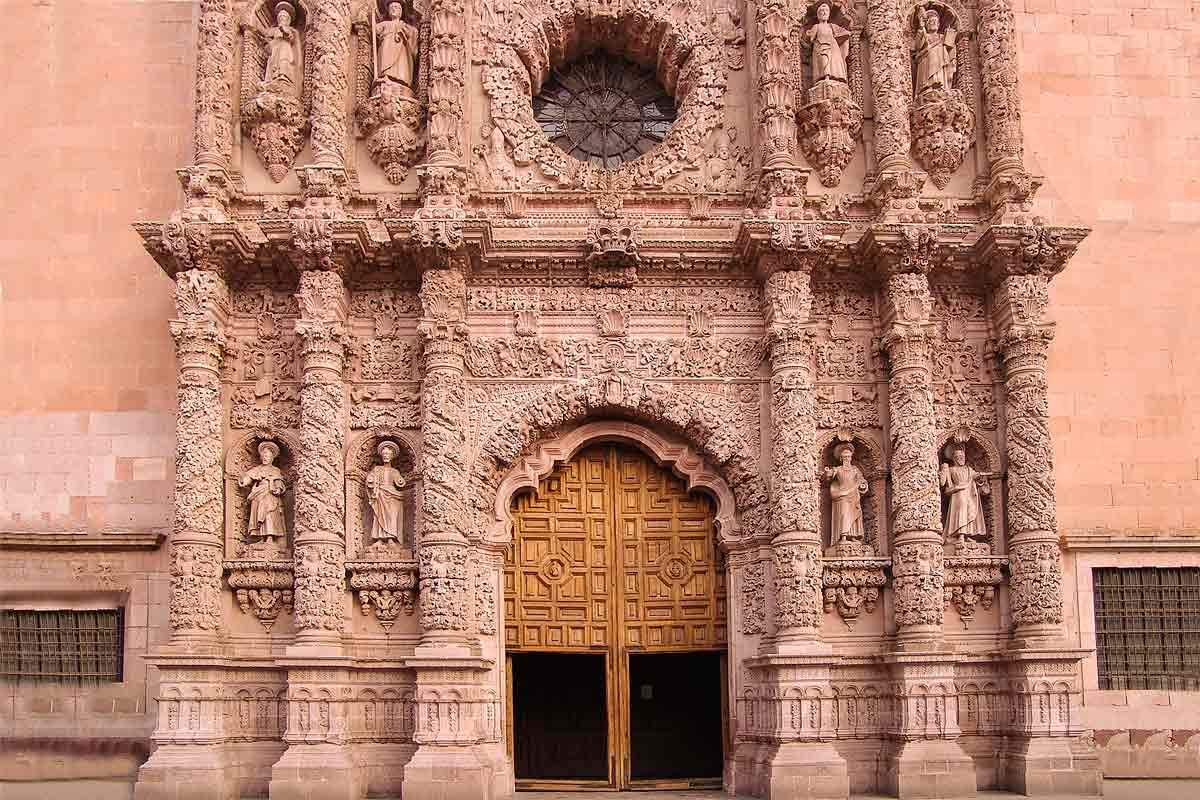
In Mexico, the Churrigueresque style—which originated in Spain and is known for its elaborate ornamentation and intricate details—became the dominant direction in Baroque architecture. The Mexican Churrigueresque cathedrals feature dramatic and lavishly decorated retablos. Here again, the artists aptly incorporated indigenous figures and symbols, turning these churches into prime examples of Baroque transculturation. The Catedral Basílica de Nuestra Señora de la Asunción in Zacatecas is one of the many examples of the Mexican Churrigueresque Baroque.

In Brazil, the town of Ouro Preto in the Minas Gerais region is home to some of the most important architectural examples from the Baroque period. One of the most distinguished representatives of colonial Brazilian art and the colonial Baroque was a sculptor named Aleijadinho (Antônio Francisco Lisboa). Born to a Portuguese man and an African woman, Aleijadinho drew inspiration from both the Baroque and Rococo styles. He is widely recognized as one of the greatest Baroque sculptors in the Americas.
Hybrid Baroque Cultures
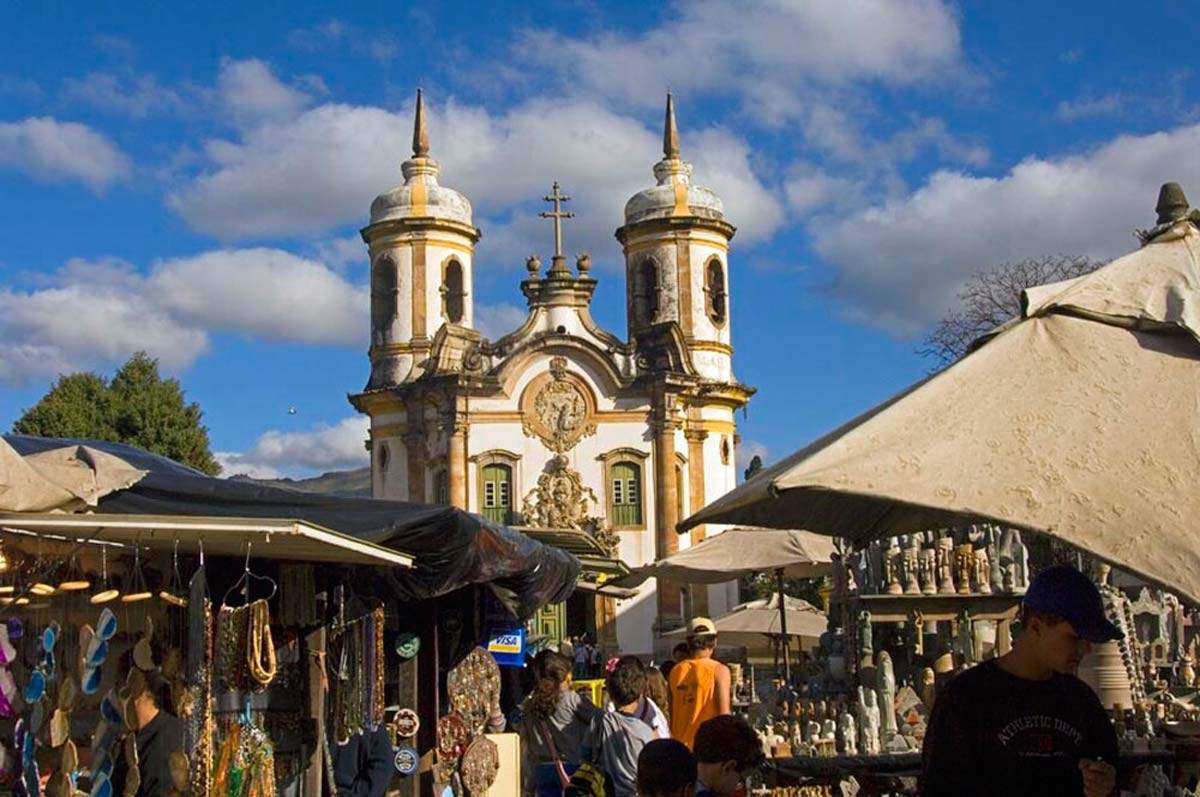
The new world Baroque was the result of a cultural transformation that reflected the diversity and hybrid nature of the continent and its cultures. Cuban writer Alejo Carpentier asks in an essay, “And why is Latin America the chosen territory of the Baroque? Because all symbiosis, all mestizaje, engenders the Baroque.” Indeed, the Baroque style in colonial Latin America was not a mere replication of European models but a fusion of European, indigenous, and African influences. Local artisans and artists incorporated their own cultural symbols, materials, and techniques into Baroque works, creating a blended visual language that reflected the complex realities of colonial society. Regrettably, on the opposing side of the emerging hybrid and mestizo culture was the erasure of indigenous cultural heritage.
Catalan historian Jorge Luis Marzo argues that the colonial Baroque acted as a system of political tactics driving cultural erasure and the feigned inclusion of indigenous cultures in the dominant society. Examining the colonial history of Latin America, Marzo underscores the prevalence of Baroque politics rather than Baroque culture, highlighting the impossibility of social mobility and inclusion for indigenous populations.
The Baroque in Contemporary and Global Contexts
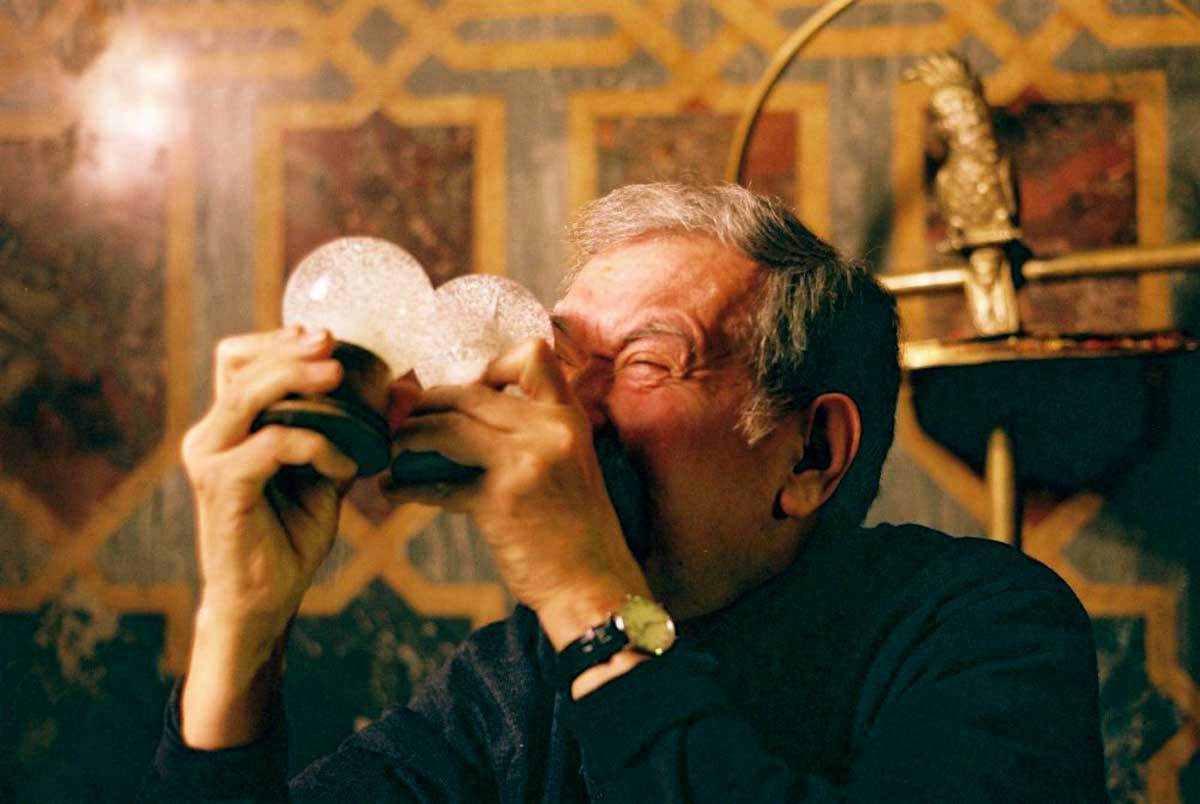
Neo-baroque: Baroque re-invented for 20th-century Latin America. As a versatile art form, the Baroque penetrated the different layers of contemporary cultural production. Numerous writers and artists behind the literary renewal of the 1960s, commonly associated with the Latin American Boom and Magical Realist fiction, infused their writings with the continent’s Baroque heritage. A number of scholars of the Baroque assert that it is a sensibility particularly pertinent to Latin America, including Carpentier who saw Latin America as “the chosen territory of the Baroque.” Writers such as Jorge Luis Borges, Lézama Lima, Severo Sarduy, Julio Cortázar, and others are known for creating elaborate, labyrinthine, and distinctly Neo-baroque narratives.
The Baroque also left its mark on the cinematic realm. Renowned Latin American directors created experimental and auteur cinema rich in allegories, complex imagery, and subversive narratives that obscure the boundaries between the real and the imagined. The cinematic world of Latin American directors such as Brazilian Glauber Rocha and Chilean Raúl Ruiz has come to be strongly associated with Baroque and Neo-baroque aesthetics. It was Raúl Ruiz who famously said: “I am not an ideologue of the Baroque. I am simply Latin American. I can’t help but be Baroque.” Among female filmmakers, Maria Luisa Bemberg’s 1990 film I, the Worst of All, which tells the story of the Baroque poet Sor Juana Inés de la Cruz, is a perfect representation of how the Baroque reinvented itself in post-dictatorship Latin American cinema.
In the 21st century, the Baroque once again transcends all boundaries. Today, this aesthetic is actively interpreted in global cultural contexts from Hollywood movies and entertainment to amusement parks, computer games, design, and fashion. While we will continue seeing the word “Baroque” in wider cultural contexts, considering its origins and the significance it holds for Latin America affords a deeper understanding of this concept and its relevance in contemporary culture.

